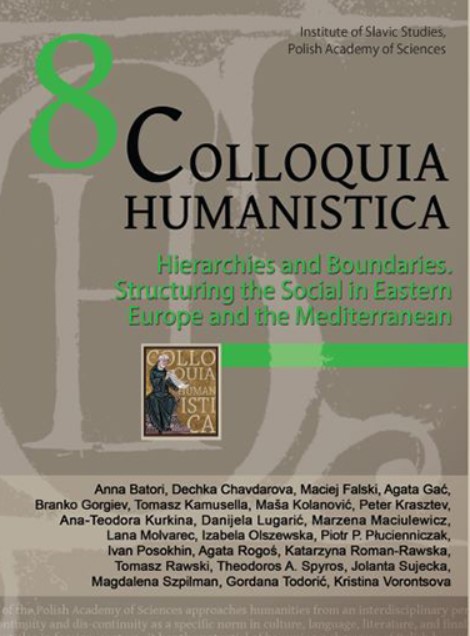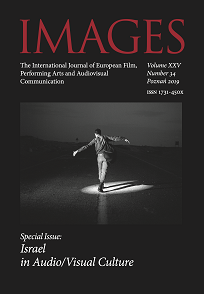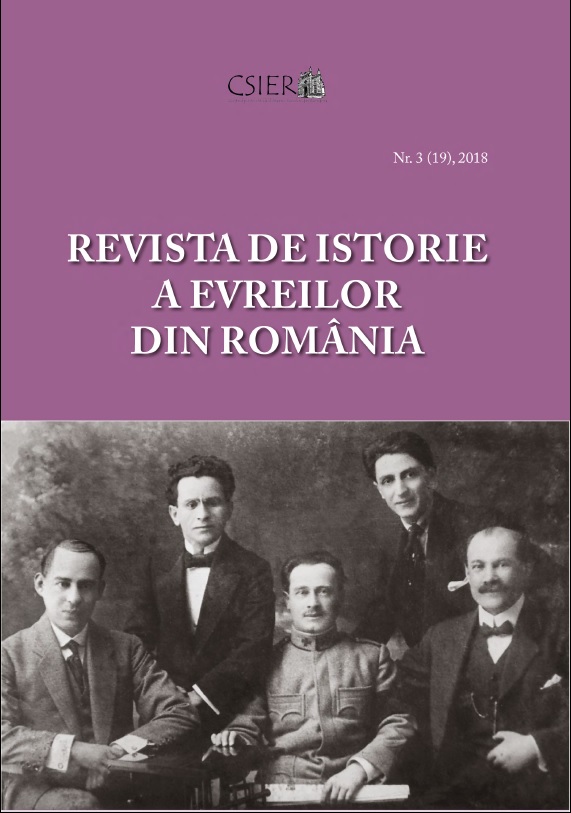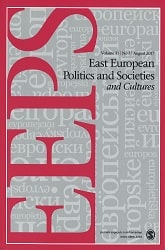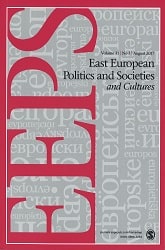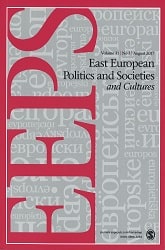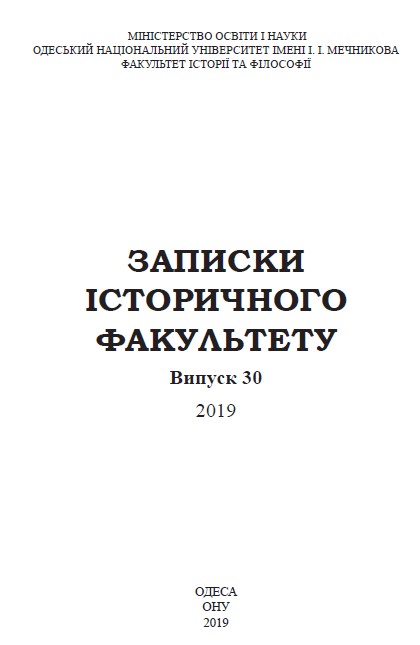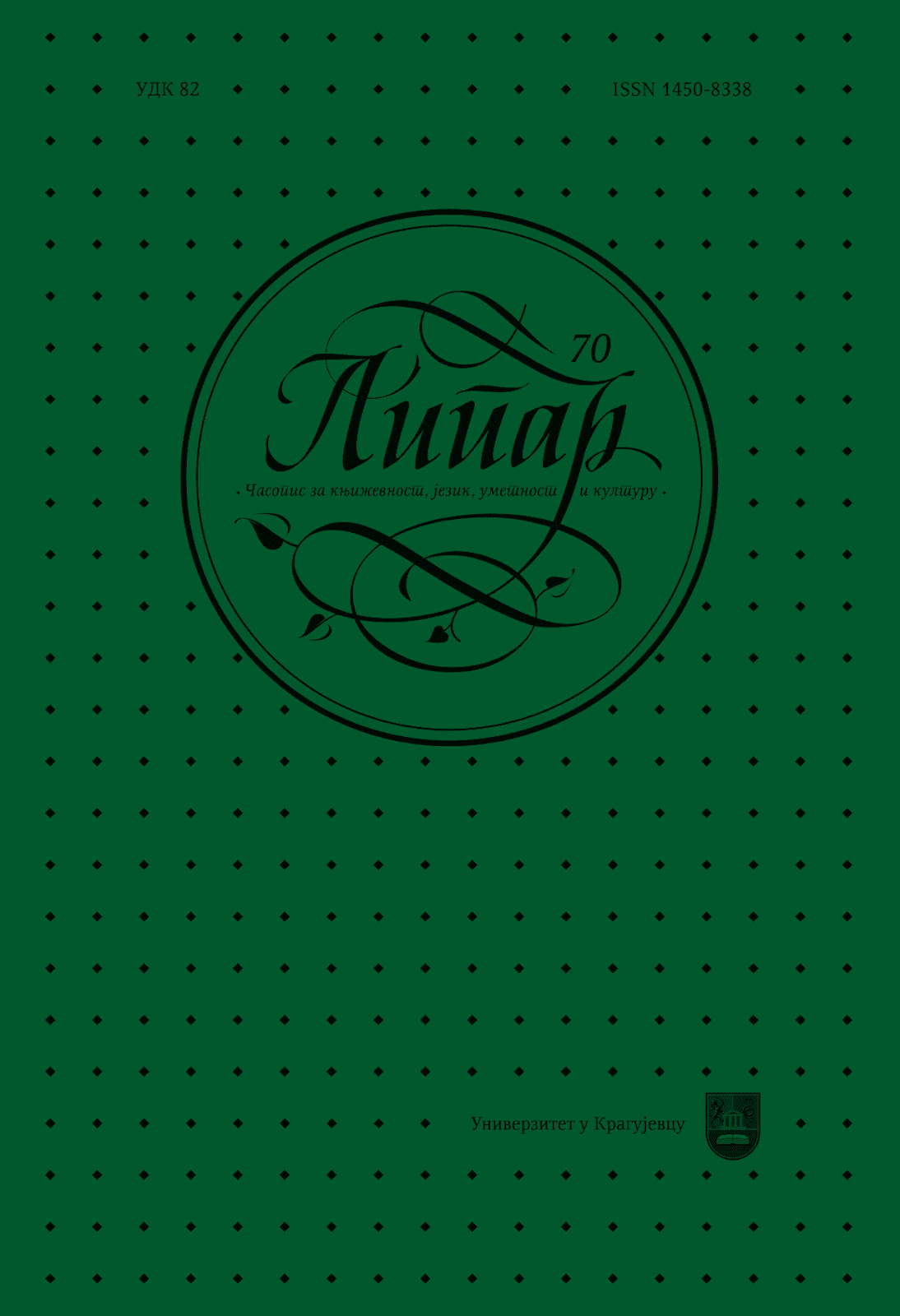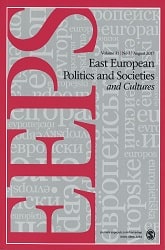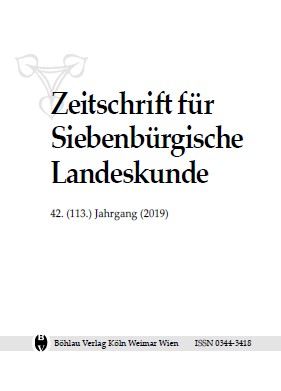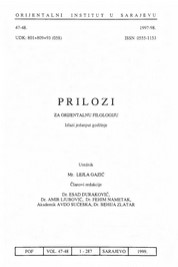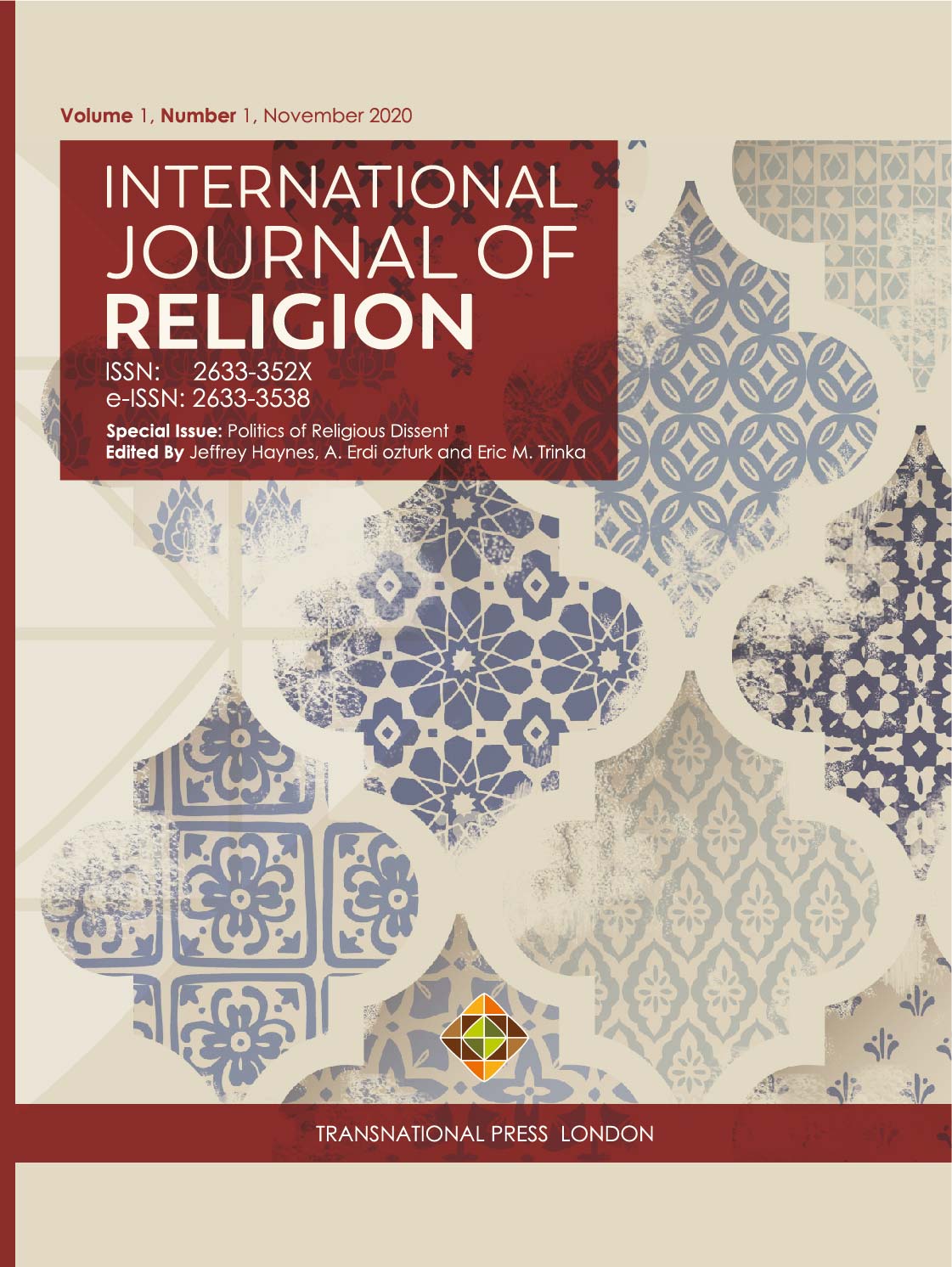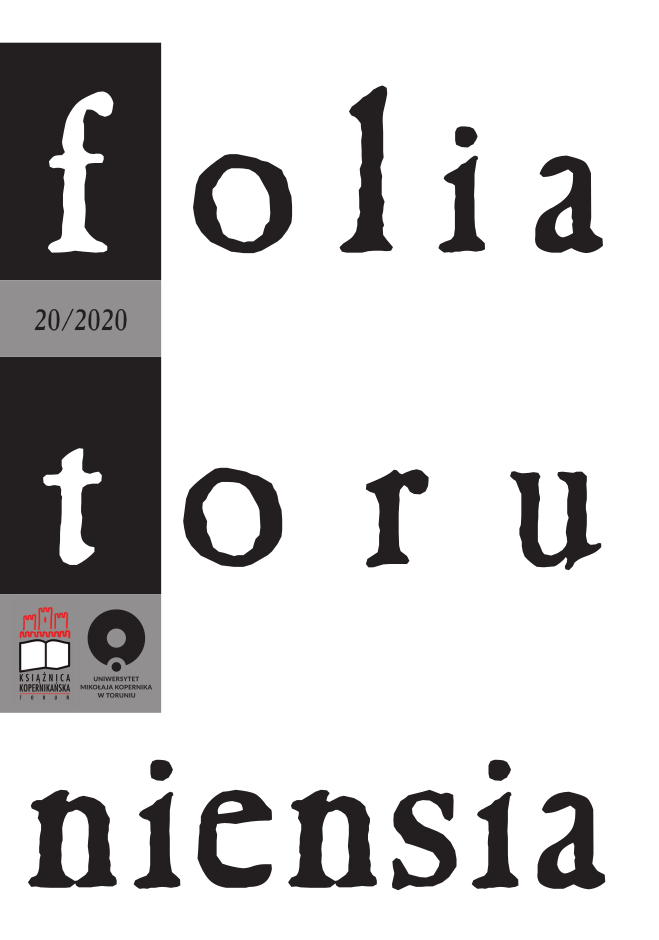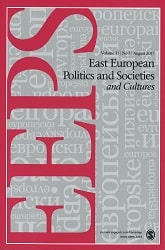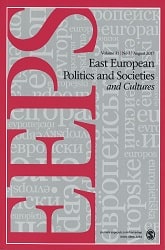Author(s): Boris Nilević,Sabina Ahmić-Bakšić,Olga Zirojević,Fehim Nametak,Rusmir Mahmutćehajić,Esad Duraković,Amir Ljubović / Language(s): Bosnian,Serbian
Issue: 44-45/1996
Review of:
Jusuf Ramić - KURAN SA PRIJEVODOM NA BOSANSKI JEZIK, preveo Enes Karić, Bosanska knjiga, Sarajevo, 1995, 1343 str.
Amir Ljubović - Dr İskender Pala, Ansiklopedik Divan Şiiri Sözliiğü, I-II, Kaynak eserleri, Akçağ, Ankara, (s. a), n ridanje, 554. ste.
Amir Ljubović - POEZIJA ARAPSKOG ISTOKA XX VIJEKA. Izbor, prijevod s arapskog i bilješke o pjesnicima Esad Duraković, "Bosanska knjiga", Sarajavo, 1994, 319 str.
Sulejman Grozdanić - Ali ibn Ebi Talib: STAZA RJEČITOSTI. Govori, pisma i izreke; sabrao es-Sejjid eš-Šeiif er-Radi. Prijevod Rusmir Mahmutćehajić i Mehmedalija Hadžić. Uvod Rusmir Mahmutćehajić. Voditelj projekta Rusmir Mahmutćehajić. Izdavač: Islamska zajednica, Zagreb, 1994. 300 str.
Amir Ljubović - Martin Lings (Abu Bakr Siraj ad-Din), STA JE SUFIZAM ? (naslov izvornika: What is sufism?) Prijevod i uvod Rusmir Mahmutćehajić. Analecta islamica, knj. II, "Sebil", Zagreb, 1994, 117 str.
Fehim Nametak; Esad Duraković - Amir Ljubović i Sulejman Grozdanić: PROZNA KNJIŽEVNOST BOSNE I HERCEGOVINE NA ORIJENTALNIM JEZICIMA, Orijentalni institut u Sarajevu, Posebna izdanja XVII, Sarajevo, 1995, 279. str.
Fehim Nametak - Dr Erdoğan Erol, SUKKERÎ HAYATI, EDEBİ kisiliği ve divani. Atatürk Kültül- Dil ve Tarih Yiiksek Kuramu, Atatürk Kiilttir Merkezi Yayını -sayi 89 "Divanlar Dizisi: 2", Ankara, 1994. 300 pp.
Olga Zirojević - ISTANBUL VU PAR MATRAKÇI ET LES MINIATURISTES DU XVI. SIECLE, Dominique Halbout du Tanney, Dost Yayınları, Istanbul 1993, str. 112 (s ilustracijama).
Sabina Ahmić-Bakšić - Nimet Bayraktar ve Mihin Lugal, TURKIYE YAZMA ESER KÜTÜPHANELERDE BULUNAN YAZMALARLA ilgili YAYINlAR BİBLİYOGRAFYASI, Islam Tarih, Sanat ve Kültür Araştırma Merkezi (IRCICA), Istanbul, 1995.
Boris Nilević - ZBORNIK RADOVA SEFARAD ’92. Institut za istoriju i Jevrejska zajednica u BiH, Sarajevo, 1995, 338 str.
More...
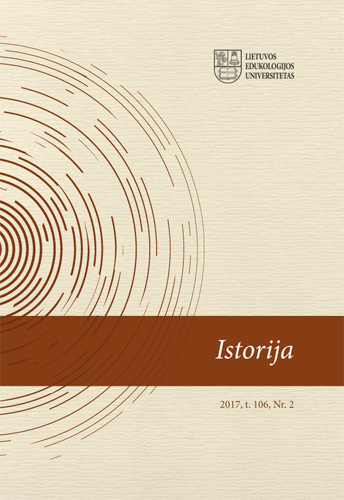

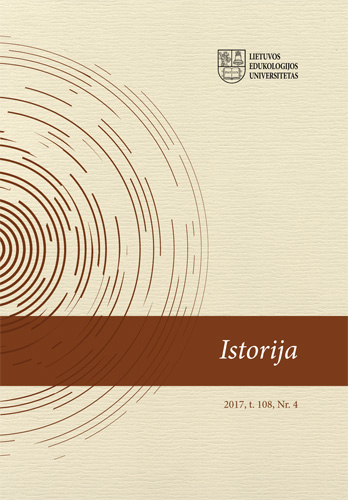
![The Jewish Oil Magnates of Galicia. [Part One:] Valerie Schatzker, The Jewish Oil Magnates: A History, 1853–1945, and [Part Two:] The Jewish Oil Magnates: A Novel by Julien Hirszhaut](/api/image/getissuecoverimage?id=picture_2019_56534.jpg)
